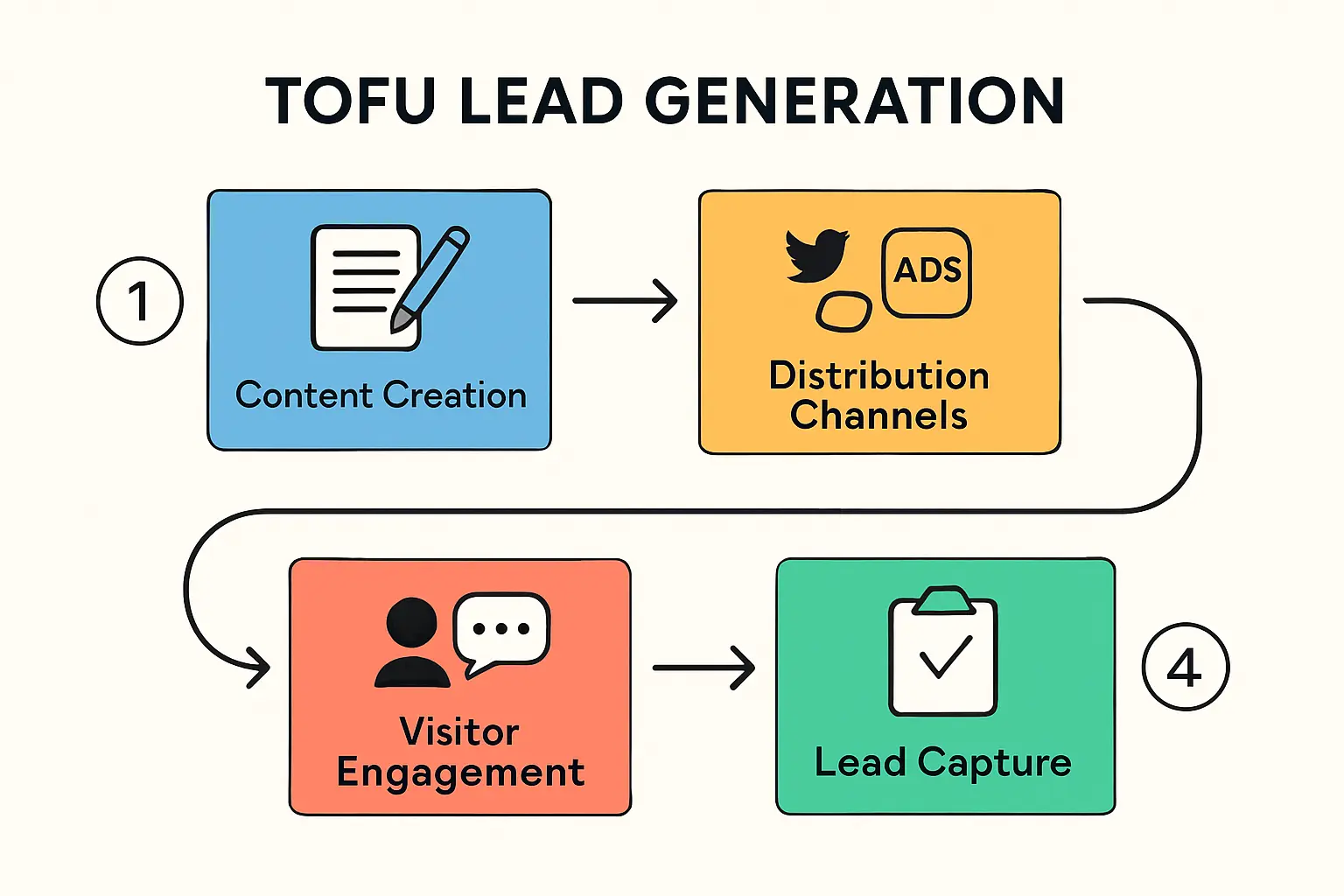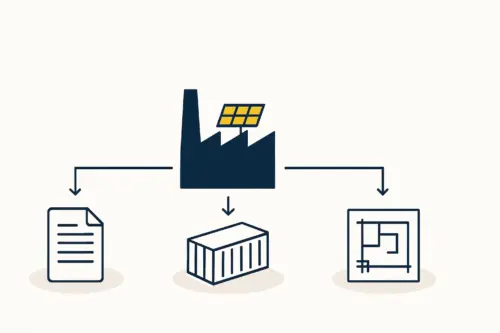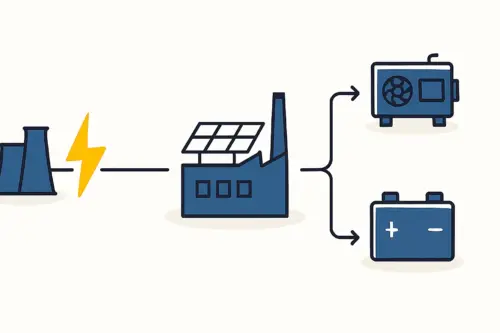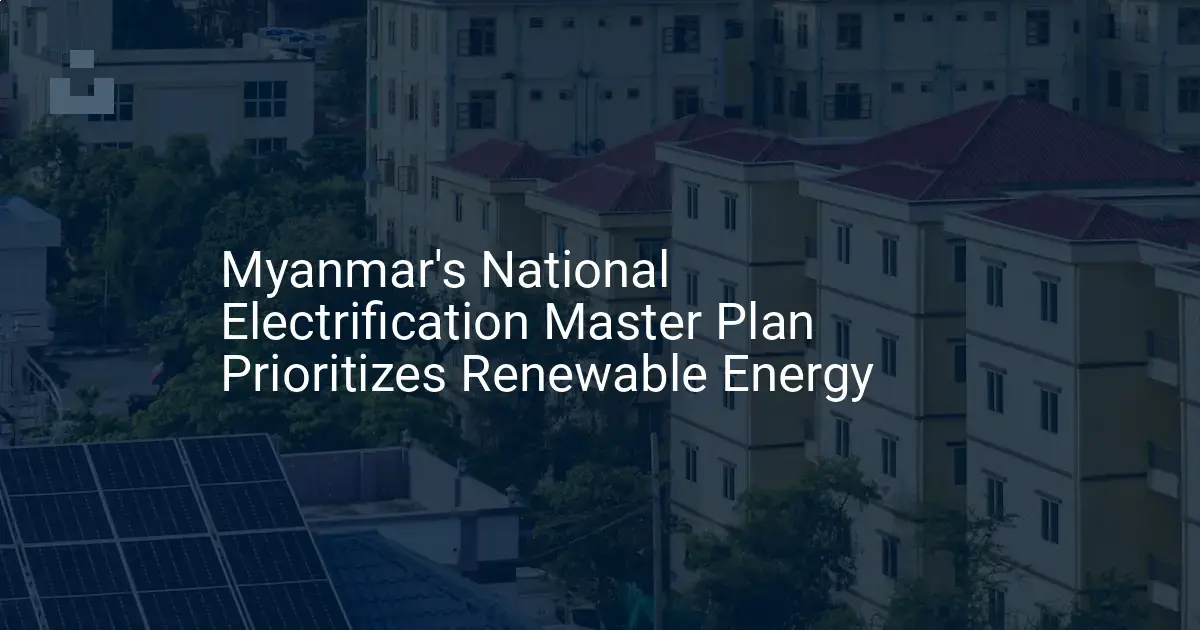An entrepreneur looks at a map of Southeast Asia: a nation with abundant sunshine, growing energy needs, and a government actively encouraging renewable energy investment. Myanmar presents a compelling case for a solar module factory. However, between identifying the opportunity and breaking ground lies a critical administrative landscape: the Myanmar Investment Commission (MIC).

For many foreign investors, this process can seem opaque and complex. This guide offers a clear, step-by-step overview of the MIC permit process. It is designed for business professionals exploring solar manufacturing in Myanmar and provides a foundational understanding of the legal and administrative requirements. The goal is to demystify the procedure, outline the benefits, and prepare investors for the common challenges involved.
Understanding the MIC and its Role
The Myanmar Investment Commission (MIC) is the principal government body responsible for reviewing, approving, and overseeing foreign and domestic investment projects. It operates under the framework of the Myanmar Investment Law (MIL), enacted in 2016 to create a more transparent and investor-friendly environment.
For any significant industrial project, such as a solar panel factory, the MIC acts as the primary gateway. Its mandate is to ensure that investments align with the country’s economic development goals, particularly in promoted sectors like renewable energy manufacturing. Securing an MIC permit is not merely a formality; it is the legal foundation that unlocks a range of powerful incentives and provides long-term operational security for the enterprise.
The Step-by-Step MIC Permit Application Process
The path from an initial proposal to a fully permitted operation follows a structured, multi-stage process. While timelines can vary, a typical application takes between 90 and 150 days, provided all documentation is in order.
Step 1: Proposal Submission
The process begins with submitting a detailed investment proposal to the MIC. This is the most critical stage, as the quality and completeness of your documentation will directly influence the outcome. The proposal must provide comprehensive details on the project’s scope, objectives, and viability.
Key documents required at this stage often include:
- Completed MIC Proposal Form: The official application document.
- Detailed Project Description: This includes the technical specifications of the planned factory and the processes involved in setting up a solar module assembly line.
- Financial Evidence: Proof of financial capacity to execute the project, such as bank statements or audited financial reports from the parent company.
- Business Plan: A thorough solar module manufacturing business plan is essential, covering market analysis, production targets, and financial projections.
- Draft Contracts: This includes any draft land lease agreements and, if applicable, joint venture agreements.
Step 2: Scrutiny and Evaluation
Once submitted, the proposal undergoes a rigorous review by the MIC and relevant government ministries. Officials will assess the project based on several criteria:
- Alignment with national development policies.
- Economic and technical feasibility.
- Environmental and social impact assessments.
- The investor’s financial standing and business reputation.
During this phase, the MIC may request additional information or clarification. Prompt and thorough responses are crucial to avoiding delays.
Ready to make big Profits?
The solar Industry is Booming
WE HELP NEWCOMERS to the solar industry start their own solar module production line. Customers can make BIG PROFITS by selling modules and finding investors, without wasting money and time on things they don't need!
Step 3: Approval and Company Registration
If the proposal meets all requirements, the MIC will issue an ‘MIC Permit’ or an ‘MIC Endorsement,’ depending on the nature and scale of the investment. Upon receiving this initial approval, the next step is to legally establish your business entity in Myanmar. This involves registering the company with the Directorate of Investment and Company Administration (DICA), a process now streamlined through an online portal.
Step 4: Issuance of the Final MIC Permit
After the company is successfully registered with DICA, the investor presents the registration certificate to the MIC. The Commission then issues the final, official MIC Permit. This document legally authorizes the investment project to proceed and serves as the key to unlocking the investment incentives offered under the Myanmar Investment Law.
Key Investment Incentives for Solar Manufacturing
One of the primary reasons for navigating the MIC process is to gain access to a suite of government-backed incentives designed to attract foreign capital, especially in promoted sectors like renewable energy.
Tax Exemptions and Relief
Investors with an MIC permit are eligible for corporate income tax exemptions. The duration depends on the development level of the region where the factory is located:
- Zone 1 (Least Developed): Exemption for up to 7 consecutive years.
- Zone 2 (Moderately Developed): Exemption for up to 5 consecutive years.
- Zone 3 (Developed): Exemption for up to 3 consecutive years.
Customs Duty and Tariff Benefits
This is a particularly significant advantage for a manufacturing operation. MIC permit holders can receive exemptions or relief from customs duties and taxes on imported machinery, equipment, spare parts, and raw materials needed during the factory’s construction and initial operational phases.
Land Use Rights
The MIC permit gives foreign investors the legal right to lease land for extended periods. The standard term is up to 50 years, with the possibility of two consecutive 10-year extensions, providing a stable 70-year foundation for a substantial capital investment like a factory. This long-term security is vital for planning and amortization, directly impacting the viability of the factory’s layout and infrastructure.

Navigating Common Challenges and How to Prepare
While the MIC framework is designed to be supportive, foreign investors can ensure a smoother process by preparing for potential challenges.
Bureaucratic Complexity and Delays
Despite reforms, the application process can involve multiple ministries and significant paperwork. Incomplete or inaccurate submissions are a common source of delays. Meticulous attention to detail is essential, as is ensuring all documents are correctly prepared and translated.
The Importance of Local Expertise
Navigating the nuances of Myanmar’s legal and administrative systems can be difficult without local knowledge. Language barriers and unfamiliarity with local business customs can create hurdles. Many international firms engage reputable local legal counsel or investment consultants to ensure compliance and facilitate communication with government bodies.
Post-Permit Compliance: The Journey Continues
Obtaining the MIC permit is a milestone, not the finish line. The Myanmar Investment Law mandates ongoing compliance. Investors must submit regular progress reports to the MIC and adhere strictly to all applicable laws, including environmental regulations and labor laws. Maintaining a strong compliance record is vital for the long-term success of the operation.

Frequently Asked Questions (FAQ)
-
Is a local partner mandatory for a foreign investor to set up a solar factory?
No, under the Myanmar Investment Law, foreign investors can establish a 100% foreign-owned enterprise. However, forming a joint venture with a local partner is also a common and often strategically beneficial approach. -
What is the typical minimum capital requirement for an MIC application?
While the MIL does not specify a universal minimum capital amount, the proposed capital must be deemed sufficient by the MIC to successfully implement the project. The amount is assessed on a case-by-case basis, relative to the project’s scale. -
How does the MIC define a ‘promoted sector’?
The MIC periodically releases notifications listing sectors prioritized for investment. Renewable energy and related manufacturing activities have consistently been classified as promoted sectors, making them eligible for the maximum available incentives. -
Can the terms of an MIC permit be amended after it is issued?
Yes, it is possible to apply for an amendment to an MIC permit if there are material changes to the investment project, such as an increase in capital, a change in business scope, or an extension of the construction timeline. This requires a formal application to the MIC. -
What is the main difference between an MIC Permit and an MIC Endorsement?
An MIC Permit is required for investments that are strategically significant, have a large capital outlay, a potentially large environmental impact, or use state-owned land. An MIC Endorsement is a simpler approval process for investments that do not meet these criteria but still seek basic incentives. A solar module factory would almost certainly require an MIC Permit.
A Strategic Approach to Entering Myanmar’s Solar Market
Securing an MIC permit is a foundational step for any serious investor looking to establish a solar manufacturing presence in Myanmar. The process, while detailed, is structured and navigable. It serves as a gateway to substantial financial incentives and provides the legal certainty needed to commit to a long-term capital project.
Success hinges on diligent preparation, a comprehensive understanding of the requirements, and an appreciation for the local business environment. By approaching the MIC process with a clear strategy and the right support, investors can confidently unlock the considerable potential of Myanmar’s emerging solar industry.





